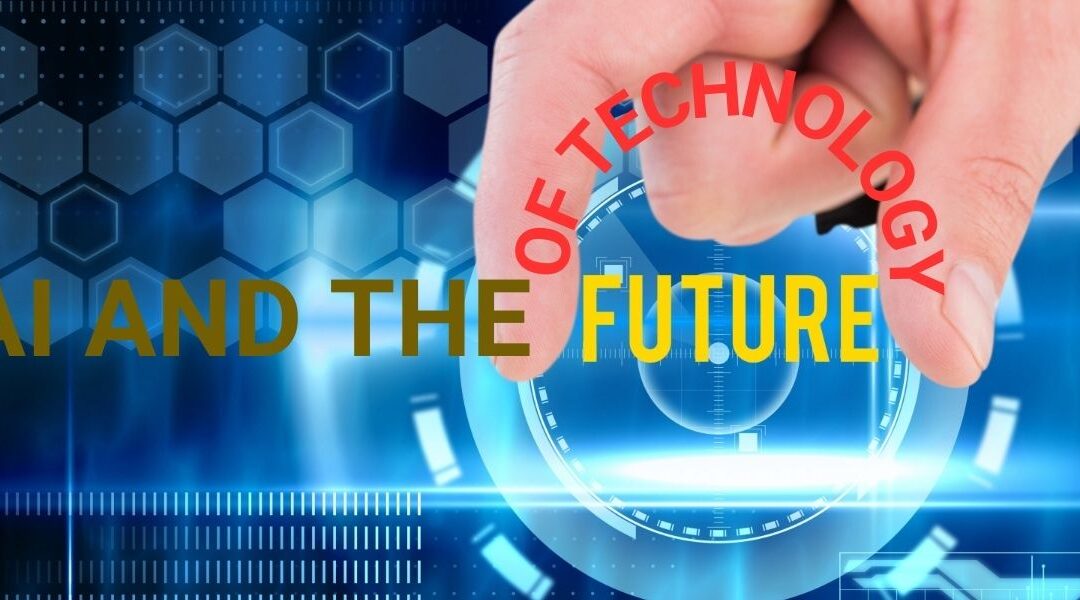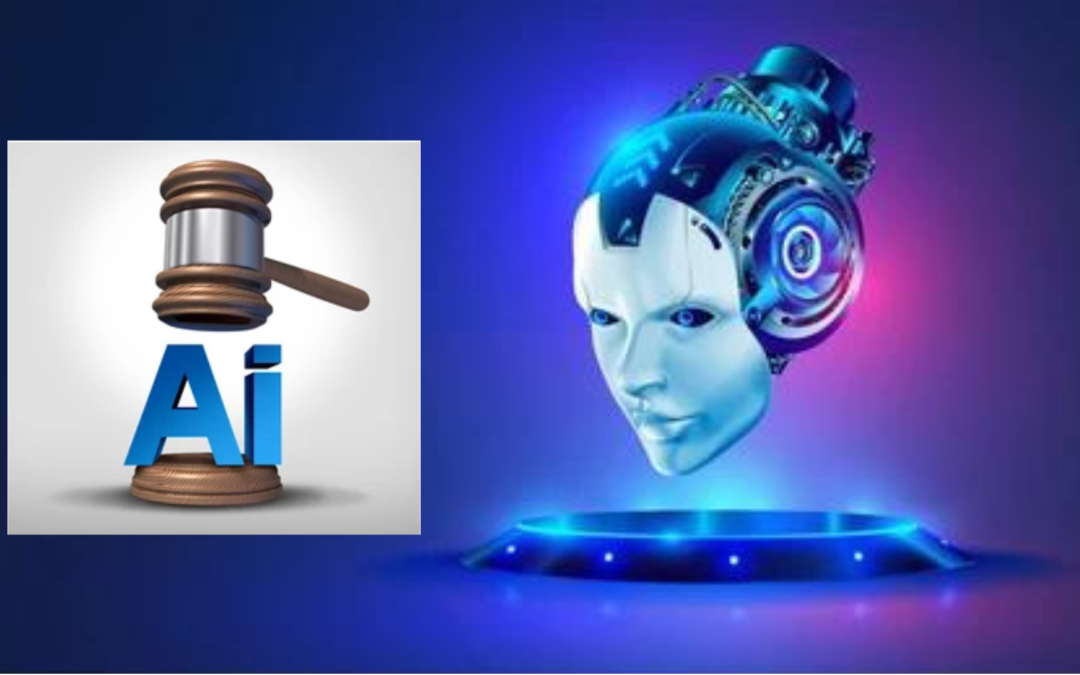
AI and the Future of Technology
AI and the Future of Technology: Unveiling Possibilities and Challenges
Introduction
In the rapidly evolving landscape of technology, Artificial Intelligence (AI) stands out as a transformative force that promises to revolutionize industries, reshape economies, and redefine the way we live and work. With its unprecedented ability to mimic human intelligence and perform complex tasks, AI has emerged as a catalyst for innovation, raising questions about the future of technology and its impact on various aspects of our lives. In this blog post, we will delve into the intricate relationship between AI and the future of technology, exploring its potential, challenges, and the path forward.
AI’s Role in Shaping the Future
AI has already made significant strides in various domains, from healthcare and finance to transportation and entertainment. As machines become more adept at processing and analyzing massive amounts of data, they enable us to make more informed decisions, automate tasks, and uncover insights that were previously hidden. Let’s explore some key areas where AI is poised to shape the future:
- Automation and Efficiency: AI-driven automation is reshaping industries by streamlining processes and increasing efficiency. From manufacturing to customer service, businesses can leverage AI-powered systems to reduce errors, enhance productivity, and optimize resource allocation.
- Healthcare Revolution: AI’s potential in healthcare is monumental, with applications ranging from disease diagnosis to drug discovery. AI algorithms can analyze medical images, predict patient outcomes, and even assist in surgery, ushering in an era of personalized medicine.
- Smart Cities and IoT: The integration of AI with the Internet of Things (IoT) is transforming urban living. Smart cities use AI to manage traffic, conserve energy, and enhance public services, ultimately improving the quality of life for residents.
- Economic Growth: As AI-powered technologies proliferate, they create new economic opportunities. AI-driven startups and innovations have the potential to drive economic growth by generating jobs and fostering entrepreneurship.
Challenges and Considerations
While the prospects of AI are exciting, they are not without challenges. Addressing these challenges is crucial to ensure that the future of technology is beneficial and ethical:
- Ethical Concerns: AI raises ethical questions around privacy, bias, and accountability. Ensuring that AI systems are transparent, and unbiased, and respect individual rights is essential.
- Job Displacement: The automation potential of AI has led to concerns about job displacement. As machines take over routine tasks, the workforce needs to adapt and acquire new skills to remain relevant.
- Security Risks: With increased reliance on AI comes the risk of cyberattacks and breaches. AI can be both a tool for enhancing security and a vulnerability that malicious actors may exploit.
- Regulatory Frameworks: Governments and regulatory bodies are grappling with the task of creating frameworks that balance innovation and safety. Striking the right balance is crucial to fostering AI development while mitigating risks.
The Path Forward: Collaboration and Education
To fully harness the potential of AI and ensure a positive future for technology, collaboration among various stakeholders is imperative:
- Interdisciplinary Collaboration: AI’s complexity requires collaboration between computer scientists, ethicists, policymakers, and domain experts. This interdisciplinary approach can lead to well-rounded solutions.
- Investing in Education: Preparing the workforce for an AI-driven future demands educational initiatives that promote digital literacy and reskilling. Lifelong learning will be essential to adapt to the changing technological landscape.
- Ethical AI Development: AI developers must prioritize ethical considerations at every stage of development. From data collection to algorithm design, ethical guidelines should be integrated into the process.
- Public Awareness: Raising public awareness about AI’s capabilities and limitations can foster informed discussions and help manage expectations about its impact on society.
Conclusion
The synergy between AI and the future of technology holds immense promise. As AI continues to evolve, it will likely become an indispensable tool across various industries, transforming how we live and work. However, addressing challenges related to ethics, jobs, security, and regulation is vital to ensure that AI’s potential is realized responsibly. By fostering collaboration, investing in education, and promoting ethical development, we can shape a future where AI-driven technologies enhance our lives while upholding our values. Embracing this future requires a balance between innovation and responsibility—an endeavor that will define the trajectory of our technological evolution.

